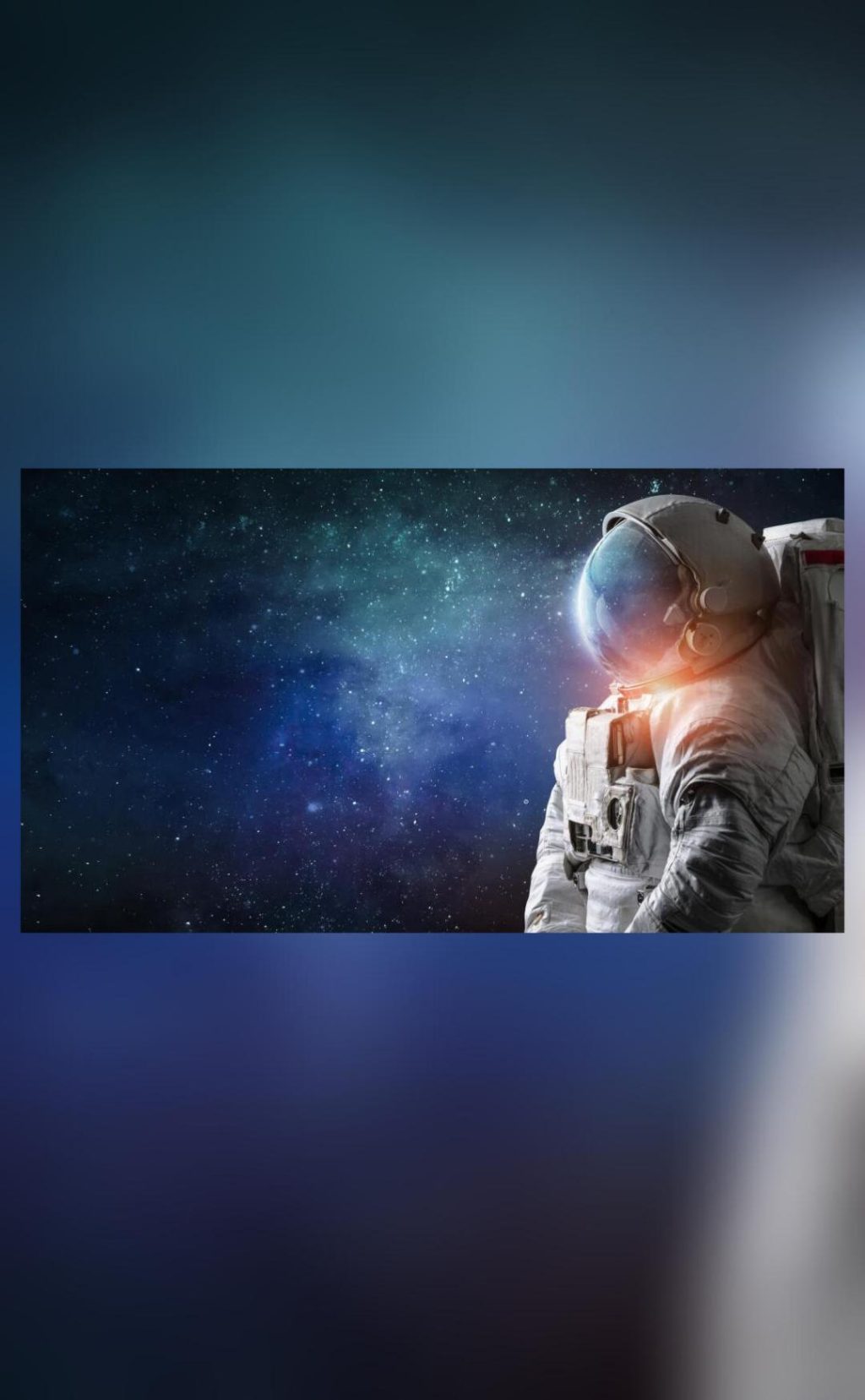
Google & NASA Create AI Medical Assistant for Mars Missions
As humanity takes its first steps towards colonizing Mars, the challenges of maintaining the health and well-being of astronauts on long-duration space missions are becoming increasingly pressing. To address this issue, NASA and Google have collaborated to develop an innovative AI-powered medical assistant, designed to provide critical healthcare support to astronauts during their journeys to the Red Planet and beyond.
The Crew Medical Officer Digital Assistant (CMO-DA), as it is called, is a cutting-edge multimodal system that leverages Google Cloud’s Vertex AI platform to process and analyze speech, text, and images. This groundbreaking technology has the potential to revolutionize the way medical care is delivered in space, enabling astronauts to receive timely and accurate diagnoses, and treatment plans, even in the most remote and inhospitable environments.
According to NASA, the CMO-DA has already demonstrated impressive diagnostic accuracy rates in preliminary tests. In experiments conducted by NASA’s Johnson Space Center in Houston, Texas, the AI system achieved a remarkable 88% accuracy rate in diagnosing ankle injuries and 80% accuracy rate in diagnosing ear pain. These results are a testament to the vast potential of AI in improving healthcare outcomes in space.
So, how does the CMO-DA work? Essentially, the system is designed to mimic the role of a human medical officer, providing a range of services from triage to treatment planning. Astronauts can interact with the AI assistant through a range of interfaces, including voice commands, text inputs, and even medical imaging modalities like X-rays and CT scans.
Once an astronaut presents with a medical concern, the CMO-DA’s advanced algorithms and machine learning models work in tandem to analyze the data and provide a diagnosis. The system can also provide personalized treatment plans, including medication recommendations and even surgical procedures, if necessary.
The development of the CMO-DA is a direct response to the unique challenges of space travel. In space, medical emergencies can arise at any moment, and astronauts may not always have access to specialized medical care. This is particularly concerning on long-duration missions, where the risk of medical complications increases with the duration of the journey.
By leveraging AI and machine learning, NASA and Google are able to create a medical assistant that can operate autonomously, even in the absence of human medical expertise. This not only frees up medical personnel to focus on more complex cases but also enables astronauts to receive timely and effective care, even in the most remote locations.
The CMO-DA is also designed to be highly adaptable, capable of learning and improving over time as it is exposed to new data and medical scenarios. This means that the system will only get better at diagnosing and treating medical conditions as it is used and refined.
The implications of this technology extend far beyond the realm of space travel. As AI-powered medical assistants like the CMO-DA become more widespread, they have the potential to revolutionize healthcare on Earth as well. Imagine a world where patients can receive timely and accurate diagnoses, and treatment plans, without the need for lengthy wait times or expensive hospital stays.
The collaboration between NASA and Google is a testament to the power of innovation and the potential of AI to transform healthcare. As we continue to push the boundaries of what is possible in space exploration, we are also creating new opportunities for medical breakthroughs and advancements that will benefit humanity as a whole.
Source:






